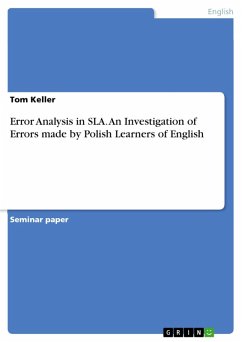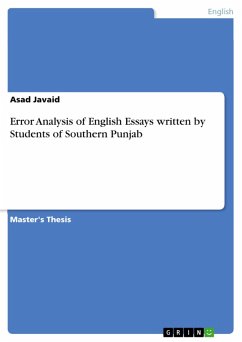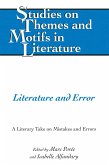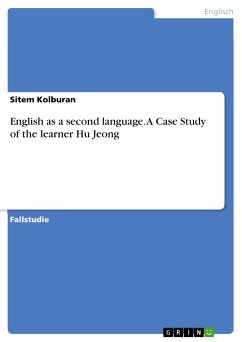Seminar paper from the year 2010 in the subject English Language and Literature Studies - Linguistics, grade: 3,0, Technical University of Braunschweig (Englisches Seminar), course: Second Language Acquisition, language: English, abstract: In this paper I will investigate several language productions from Polish learners using the English language and try to uncover their errors. Using Error Analysis I will describe and explain the reasons for the error production. An interesting question will be whether the Polish speakers may have typical errors which could be related to their native language. Due to the numerous kinds of errors, it will be necessary to classify them and to relate them to certain reasons. Furthermore there exists a difference between an error and a mistake. Its importance will be discussed later on. Even though Error Analysis, initially offers helpful opportunities to investigate error production in a structured way, it has several disadvantages which were criticized in past decades. In the end the conclusion will give an overview of the contents and summary the handled topics. During the last several decades linguists have investigated the way of acquiring a second language. Learners have several ways of acquiring a language and the field of second language acquisition (SLA) tries to uncover and improve them. When people try to learn a foreign language they produce a considerable amount of errors. These errors have always been made in the learning process and will never cease to occur. During the complex investigations of second language acquisition, linguists have focused on Error Analysis (EA) with its aim to take a deeper look on learner production. Around the late 60`s this particular analysis was established with an approach of Pit Corder. This system shows that errors should be investigated to understand and also improve the linguists attempts of learning a second language. Typical questions which arise are why learners make errors and what reasons do they have? Before Pit Corder, linguists used the Contrastive Analysis (CA) which examines certain errors and refers to a particular connection between the first and the second language. The differences between these two types of analysis will be examined in detail in the following chapter. Several steps are needed to analyze various errors in language. Investigators have developed procedures to collect, identify, describe, explain and lastly evaluate certain errors. These certain steps will be described and underlined with certain examples.
Dieser Download kann aus rechtlichen Gründen nur mit Rechnungsadresse in A, B, BG, CY, CZ, D, DK, EW, E, FIN, F, GR, HR, H, IRL, I, LT, L, LR, M, NL, PL, P, R, S, SLO, SK ausgeliefert werden.









